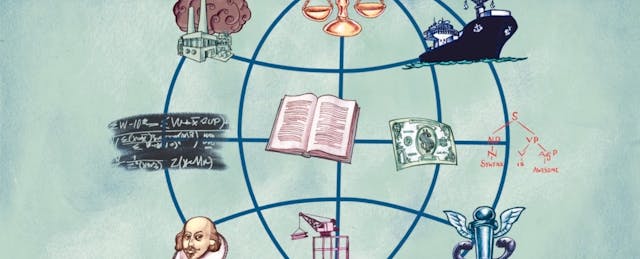Right now many edtech products are sold as black boxes. “What does the product do?” “Dunno, but it works through the science of neuroplasticity.” The lack of understanding in how these products work is bad for at least two reasons. The more obvious one is that it gives us no good way to evaluate if the product could actually help students. The less obvious—but ultimately more important—reason is that it misses an opportunity to engage faculty in thinking about pedagogy.
The very best edtech products support or enable proven teaching practices. And while many instructors may not be able to understand the technology or the algorithms in the product, they should all be able to understand the teaching principles that the algorithms attempt to enact. They should also be able to judge whether those teaching principles are appropriate for the students and material they are trying to teach and how to integrate those principles into course planning. That last bit is particularly important. In many cases, the greatest teaching value that these products offer can only be unlocked when they are woven into the larger tapestry of the instructor’s course design.
A good edtech product, when properly understood, should inspire the instructor to ask, “How can I make my own teaching better now that I have this to help.” But we will never get to that point as long as we are talking about the science of neuroplasticity and robot tutors in the sky.
At e-Literate, we have been experimenting with different ways to help faculty learn about how edtech works. Just as different students need to learn in different ways, we believe that different faculty (and other educational professionals) will learn best through different forms. To that end, we are pleased to share a prototype of an animated explainer video that we’ve developed to help faculty understand how their content can translate into software and think creatively about the pedagogical opportunities that such a translation could create. In particular, we invite faculty to think about their content as data, drawing on the familiar analogy of locations on a map (content) becoming GPS coordinates (data) and unlocking a wealth of new capabilities in the process.
We would love to hear your feedback, both on the video itself and on the possibilities for using this form of media to help more faculty understand edtech.


